Amazon Ad Placements Explained: A Complete Guide to Optimizing Ads
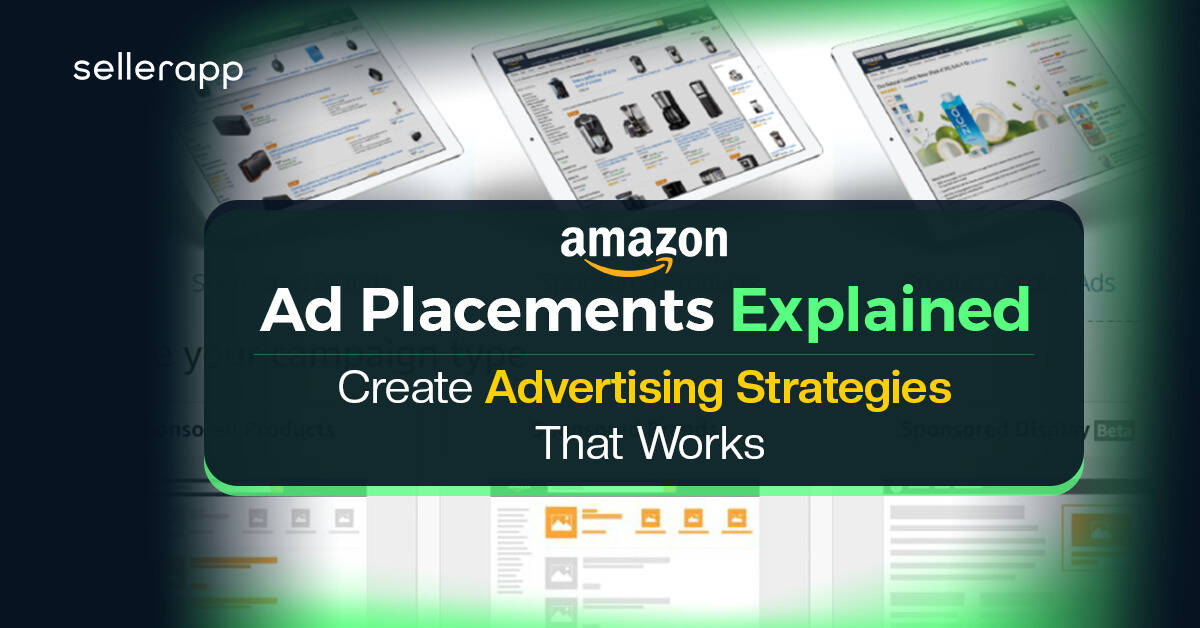
If you’ve ever run ads on Amazon, you probably know the different types of ad options Amazon offers.
However, there’s a critical aspect that some sellers overlook – the different placement options of different ad types!
But why is Amazon ad placement so crucial?
It all comes down to being in the right place at the right time.
These unique ad placements help you target customers in various stages of the buying process, significantly boost your advertising return on Investment (ROI) and catapult your sales success.
And, if you don’t understand the different ad placement options Amazon offers, then you’re losing out on sales big time.
In this blog, we’ll tell you everything about the different Amazon ad placements for Sponsored Product (SP), Sponsored Brand (SB), and Sponsored Display (SD) ads and how to optimize them.
Let’s jump into it!
Here’s a quick peek into the article:
- Amazon Sponsored Products Ad Placements
- Sponsored Brand Ad Placements
- Sponsored Display Ad Placements
- Amazon DSP Ad Placements
- Which Advertising Option Is Best For Your Business?
- Final Thoughts
Amazon Sponsored Product Ad Placements
Sponsored Product Ads are pay-per-click (PPC) ads that promote individual product listings on Amazon.
These are the most widely used ad types on Amazon and increase visibility and sales by showing ads to customers searching using specific keywords.
Sponsored Product ads often blend in with organic search results and appear alongside products that match the search term.
You can find three different types of ad placements under Sponsored Product ads.
- Top of Search
- Rest of Search
- Product Detail Pages
Top of Search
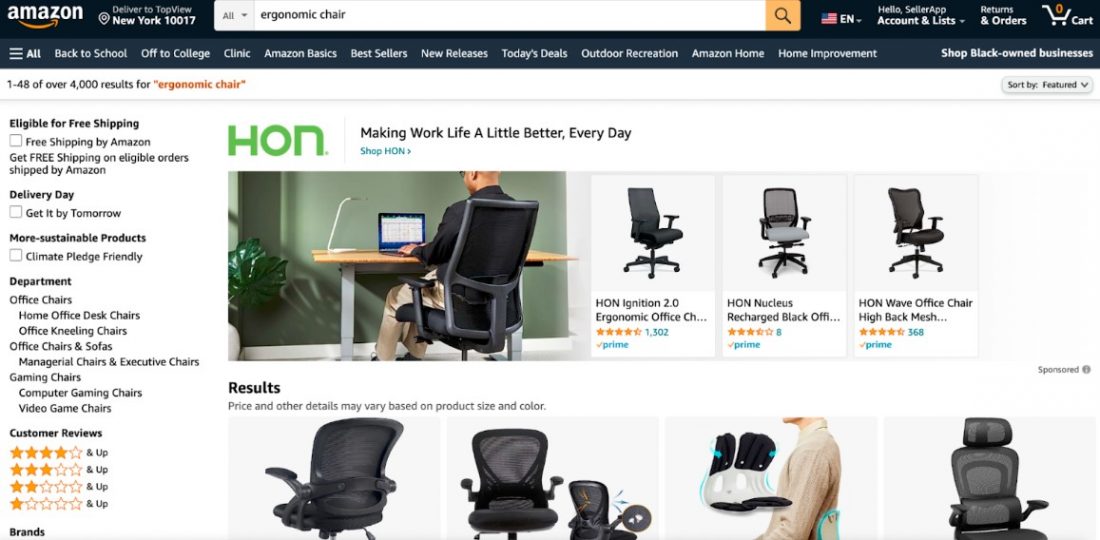
The top of the search placement on the first page of Amazon SERP is the most coveted spot for Sponsored Product ads.
This is the first place a shopper sees after searching for a product. In fact, 49% of consumers aged 27-40 buy the first product listed on Amazon’s SERP, making this placement the most profitable for Amazon sellers. (source)
Sponsored Products operate on a cost-per-click model, so the highest bidder for a keyword usually gets this premium placement. Despite this, most sellers bid high on competitive keywords due to the high conversion rate that the top placement brings.
However, it’s important to note that getting the top placement is not easy, especially for high-volume keywords.
Even if you bid high for these keywords, you may only see 5% of your ads served in this placement.
So where do the rest of your ads go?
Recommended read: Why It’s Important To Vet Your Customers?
Rest of Search
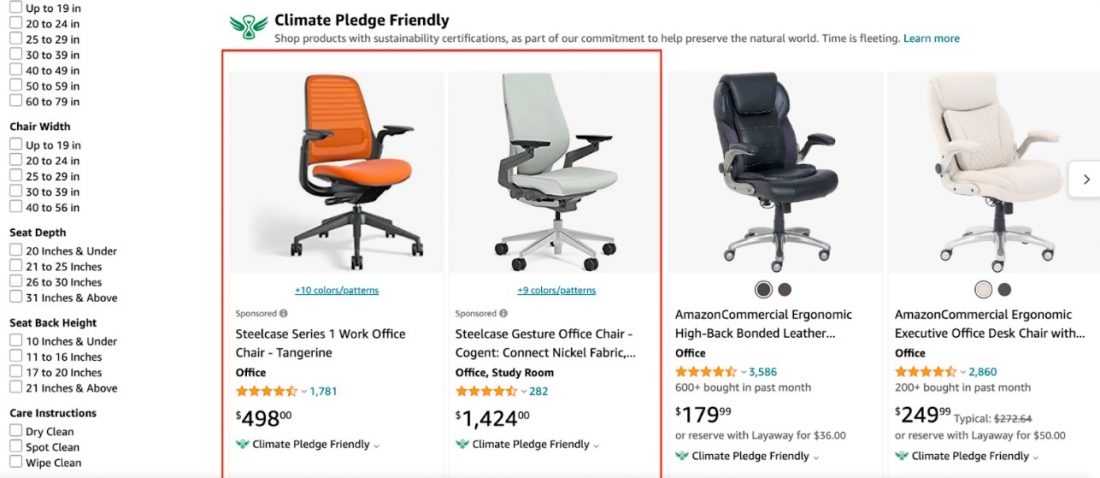
Sponsored product ads not only appear at the top of the search page, but Amazon also serves these ads alongside the organic search results further down the page and on the subsequent search result pages.
Usually, the lower the bid, the further your ads will appear from the 1st search result page. However, the Rest of Search placement can be effective for sellers if used strategically.
For example, suppose you have a product already ranking organically on the top of Amazon SERP. In that case, you can place a Sponsored Product ad on the Rest of the Search to increase the visibility of your product when shoppers scroll down and get more sales.
Product Detail Pages

This is the last placement option for the Sponsored Product ads. Amazon usually places similar product ads as product listings below the bullet point section and before and after the A+ content.
Usually, these are product-targeted ads advertisers use to grab their competitors’ traffic.
Product detail page placements cost less but are still extremely valuable. For example, let’s say a shopper searched on Amazon “Running Shoes” and clicked a product listing.
Just before clicking the “Buy” button, they see your product ad, with great reviews and ratings but a $50 less price.
There’s a high chance that shoppers will visit your listing and purchase your product.
Take a look at the comparison of the average Click-through rate (CTR) and conversion rate (CVR) for all three Sponsored Product ad placements.
| Placement | Click-through rate | Conversion rate |
|---|---|---|
| Product Detail Page | 0.15% | 6.9% |
| Rest of Search | 0.73% | 8.3% |
| Top of Search | 4.11% | 13.2% |
How to Optimize Sponsored Products Ad Placements
Though from the above CTR and CVR values, you would want to secure the Top of Search placement. It should depend on your campaign goals. You may want to secure the Top of Search placement for your product. You may have found the ROI is greater with Product Details Page ads because of the low CPC.
Regardless of the reason, you can easily influence where to place sponsored product ads using the “Adjust bids by placement” option. This option helps you to bid higher on Amazon to secure a certain placement.
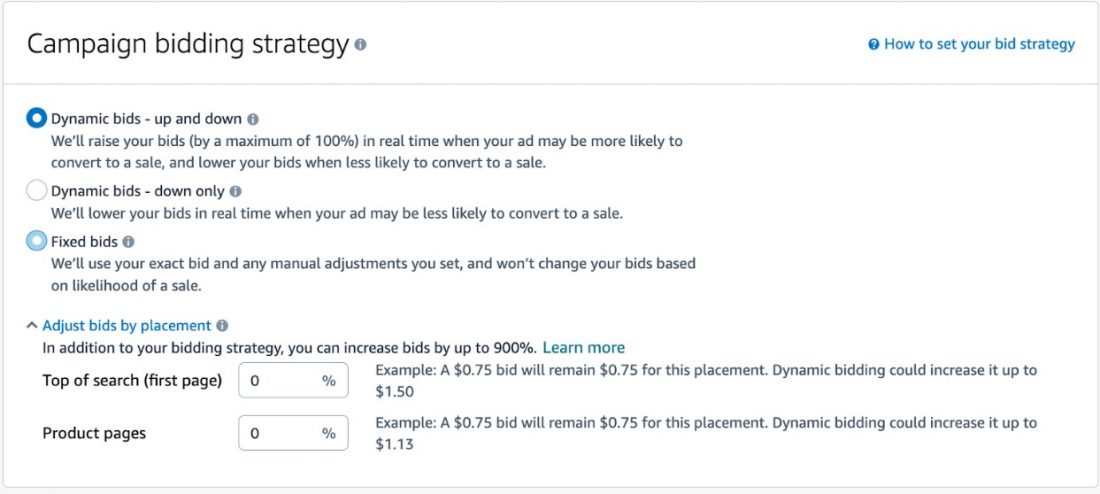
For example, say you’re building $1 for the keyword “water bottle.” And you want the ads to serve on the top of the search result. In that case, you can add a placement multiplier of 500% for the Top of Search position.
It means Amazon will increase the bid from $1 to $6 to secure the top of the search position.
The placement multiplier is available on Amazon for both Top of Search and Product Details page. And it works in combination with Sponsored Product ads bidding strategies.
Here’s another example of how the bidding strategies work in unison with the placement multipliers:
Let’s say you’re advertising a “Running shoe” product. You have bid $1 on the “black running shoe” product and set a 200% adjustment for ‘Top of Search,’ and a 100% adjustment for ‘product pages’ placements.
Considering these adjustments, let’s see how Amazon’s algorithm would distribute the bid with different bidding strategies:
| Bidding Strategy | Top of Search | Product Pages | Rest of Search | Explanation |
|---|---|---|---|---|
| Fixed Bids | $3.00 | $2.00 | $1.00 | Different fixed bids applied by placement |
| Dynamic Bids - Down Only | $0-$3.00 | $0-$2.00 | $0-$1.00 | 'Adjust bids by placement' set different bids by placement. 'Dynamic bids - down only' adjusts bids down for less likely conversions. |
| Dynamic Bids - Up and Down | $0-$6.00 | $0-$4.00 | $0-$2.00 | 'Adjust bids by placement' sets different bids by placement. |
Amazon Sponsored Brand Ad Placements
Sponsored Brand ads are PPC ads designed to increase awareness of your brand on Amazon. These ads usually appear on Amazon search results, including a brand logo, a custom headline, and a few products from the brands’ portfolios.
Now, Sponsored Brand ad features three different formats with different placement options:
- Product Collection
- Store Spotlight
- Video Ads
Product Collection Ads

The Product Collection ads allow you to highlight up to three products on the ad banner, with a link to your custom-branded Amazon storefront or a dedicated landing page that only features the products in the ads.
However, placing a broad category of products on the Product Collection banner rarely works and can even hurt your success. Instead, narrow down your targeting to specific subcategories of products, like summer wear or thermals, based on products or keywords to maximize the CVR.
The product collection ads are usually served at the top of the search and search footer of Amazon search results.
Store Spotlight Ads

Store Spotlight ads are similar to Product Collection ads – except they feature the entire store except for individual products. And they drive traffic to the brand’s Amazon storefront – where you have no competitors to steal your customers.
That’s the reason Amazon’s study showed that using Store Spotlight ads improves conversion rates by 57.8%.
The store spotlight ads are also served at the top of the search and search footer of Amazon search results.
Video Ads

The best way to understand Sponsored Brand Video ads is they are upgraded versions of Sponsored Product ads.
Similar to Amazon Sponsored Product ads, these ads only advertise one product and link directly to the product listing page. However, they feature an engaging product video that improves CTR by 100% more than static Sponsored Brands ads.
In fact, Amazon studies have shown that the RoAS of Video ads are around 28-43% higher than Sponsored Brands Product Collection ads.
The Sponsored Brand Video ad usually appears inside the search results.
Amazon Sponsored Display Ad Placements
Amazon Sponsored Display Ads are Amazon’s self-serve display advertising solution that allows brands to target and retarget shoppers on and off Amazon with auto-generated, product-focused ads.
Amazon Sponsored Display Ads offer three types of targeting options.
- Contextual targeting: It shows ads to audiences who currently visit products and categories similar to your product.
- Audiences: It allows you to reach relevant audiences throughout their shopping journey on and off Amazon.
- Audience interests: It allows you to show your products to relevant audiences using prebuilt audience segments.
- Views remarketing: It allows you to re-engage with customers who have previously checked out your listing.
- Purchase Remarketing: It allows you to re-engage with customers who have previously purchased products similar to yours
And based on the targeting option you choose, Sponsored Display ads can appear on:
- Amazon product detail pages and SERP on desktop, mobile, and app,
- Third-party websites and apps like Twitch (in the U.S. only).
Example of Sponsored Display ad on Amazon SERP:
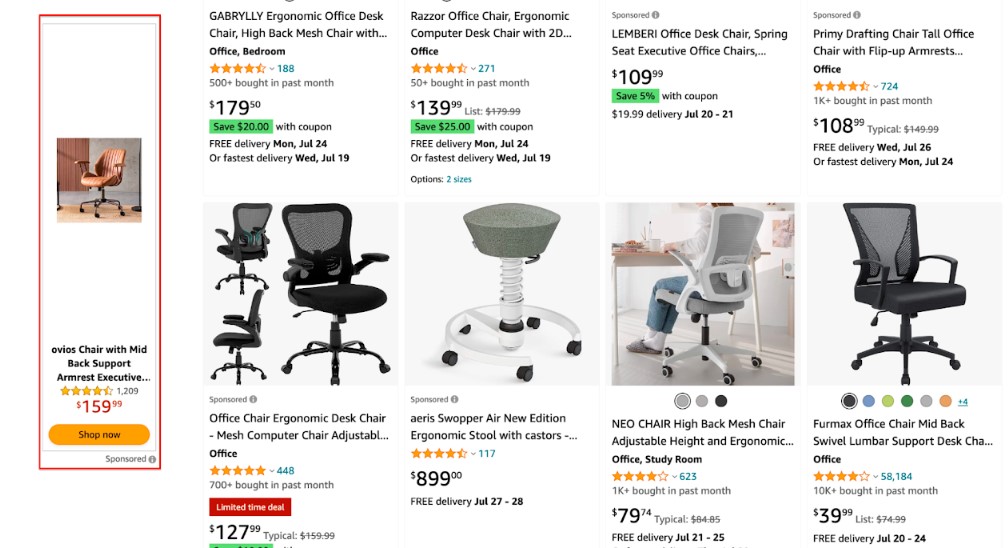
An example of Sponsored Display ad on the Amazon product details page:
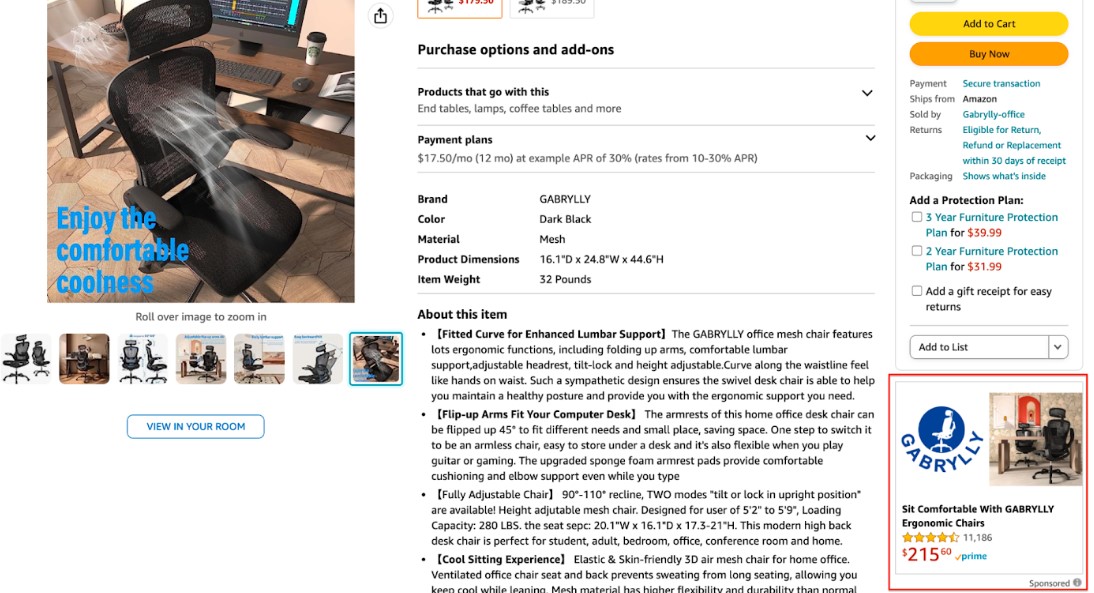
An example of Sponsored Display ad on Amazon product details page next to the bullet point:
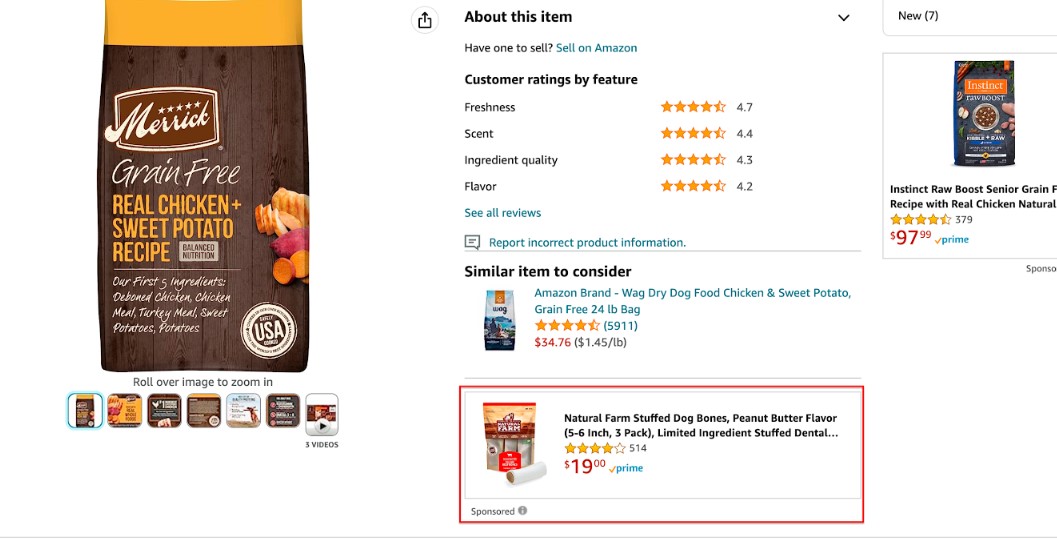
Amazon DSP Ad Placements
Amazon DSP is a media-buying platform that allows advertisers to programmatically buy display, video, and audio ads to reach shoppers on and off Amazon.
Amazon DSP offers multiple placement options to the sellers, including,
- On Amazon: Homepage, Amazon live page, product detail page, all reviews page, SERP result, deals page, and thank you page.
- Amazon-owned websites: Audible, Buy Office Mojo, Goodreads, IMDb, ShopBop, Twitch.tv, Zappos, etc.
- Amazon-owned apps: Amazon Shopping, Amazon Music, Amazon Prime Video, Kindle, Audible, IMDb, Twitch
- Amazon devices: Amazon Echo. Fire TV. Fire tablet, Kindle, etc.
- Others: Various affiliate websites and apps in Amazon’s network
Read the detailed Amazon DSP Guide to learn more about it.
Which Advertising Option Is Best For Your Business?
Now you’ve learned about different ad placements.
But still, the question remains, “Which ad type should you pick for your business?”
Studies have shown that the average conversion rate for Amazon Sponsored Product ads is 6% higher than for Sponsored Brands & 7% higher than for Sponsored Display Ads.
However, a lower conversion rate does not always mean low-performing ads. The ad types that work for you depend on your business objectives and goals.
For example, if you aim to attract New-to-Brand (NTB) shoppers, divide your ad budget between Sponsored Product and Sponsored Brand ads to build better brand awareness and generate more sales.
On the other hand, if you want to get repeat purchases from existing customers, use Sponsored Display ads to retarget them and guide them to conversion.
In the end, your overall ad performance depends on how well you optimize your entire advertising funnel.
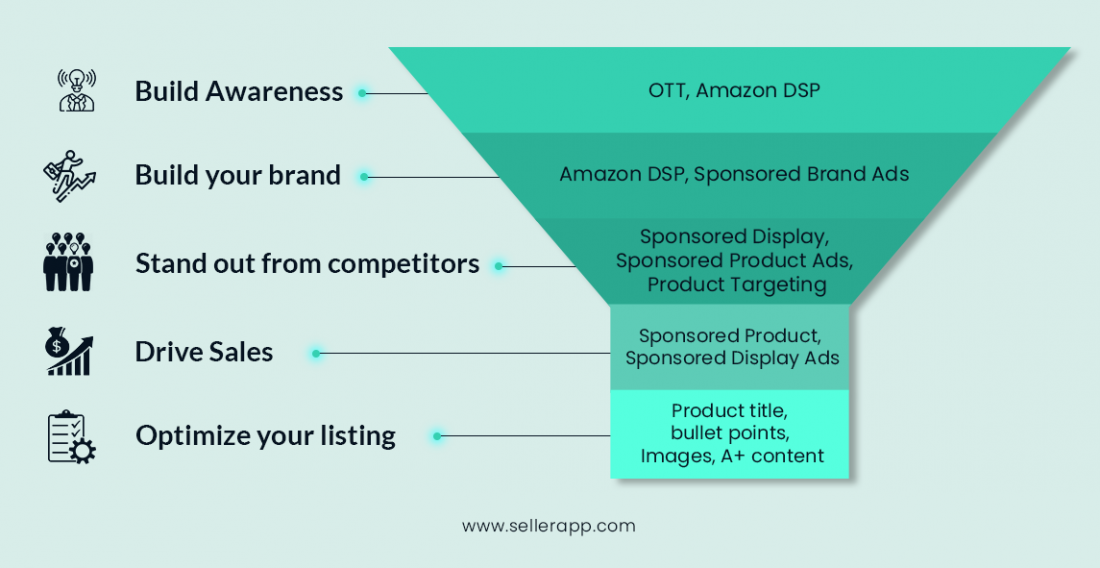
If you only focus on the long-tail keywords for high conversion, you lose generating awareness with generic or main keywords.
For example, the keyword “smart wool socks for men 3 pack” has a 30% conversion rate and $2 CPC, which puts the Cost Per Acquisition (CPA) at $2 / 0.30 =$6.67.
On the other hand, if you focus on a moderate volume short tail keyword like “wool socks men,” the conversion rate might be low, let’s say 20%, and CPC $1; but the Cost Per Acquisition (CPA) will be $1 / 0.20 =$5, providing you with $1.67 more profit on each sale.
You can find these opportunities only when you focus on each stage of the customer’s journey.
Constant optimization of the entire sales funnel ensures you gradually lower the ACoS and grow your revenue over time.
Learn more about it from this in-depth full-funnel advertising guide
Final Thoughts
As you can see, Amazon offers a variety of ad placements for Sponsored Products, Sponsored Brand, and Sponsored Display ads. The key to success lies in selecting the right advertising type and placement at the appropriate stage of a shopper’s journey.
However, we understand it’s much easier said than done.
If you’re struggling to develop an effective advertising strategy for your business, don’t worry! The SellerApp PPC agency is here to assist you.
Our team of experienced PPC experts can collaborate with you to create a comprehensive advertising plan that enhances brand recognition, lowers ACoS, and fosters continuous business growth.
Join the ranks of 20,000+ satisfied brands, including Philips and Coca-Cola, who have entrusted us to create and manage their entire advertising accounts.
Schedule a consultation with us today and advance your advertising strategy.
Additional Read:
7 Strategies to Optimize CLV: CAC Ratio
What Are Amazon Compliance Documents?
Differences between Amazon Sponsored Display Ads vs DSP Ads


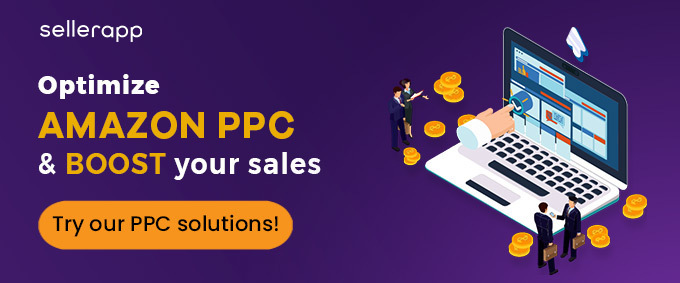

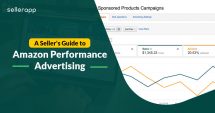
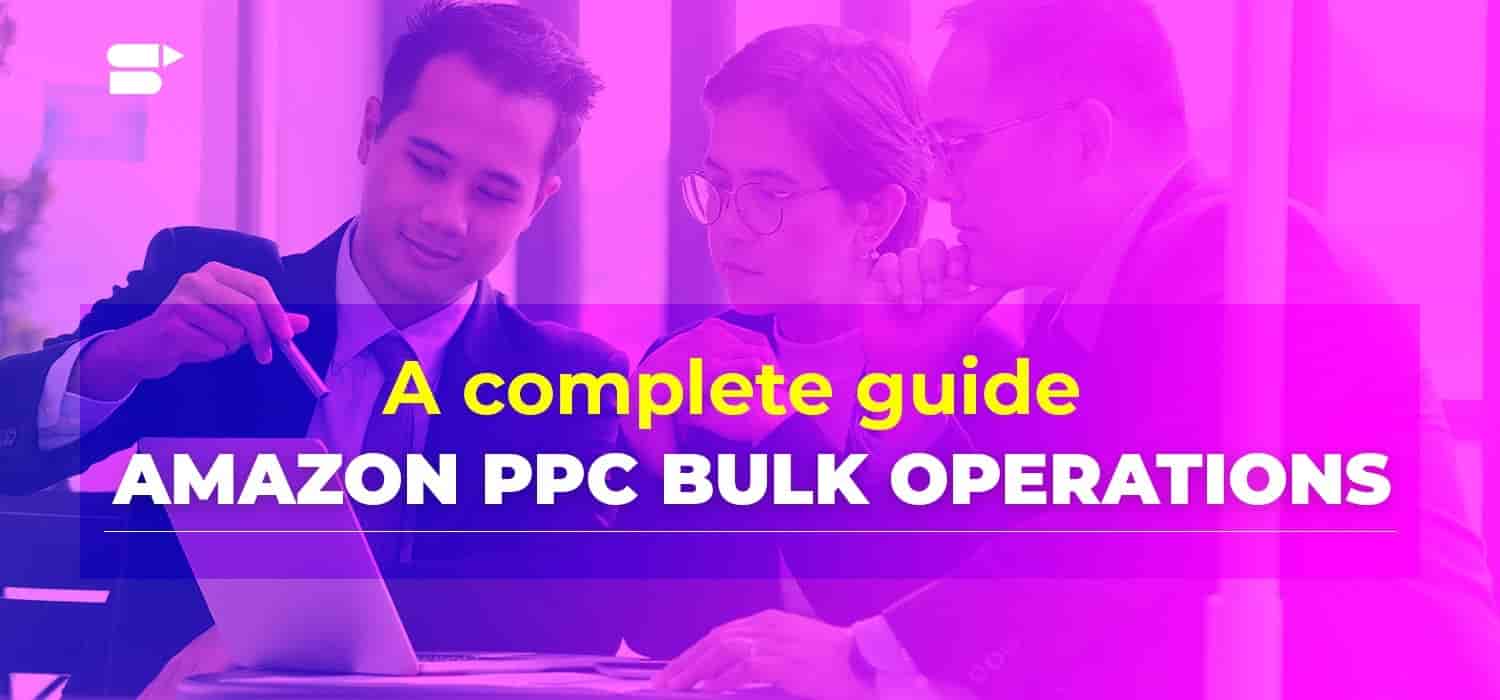
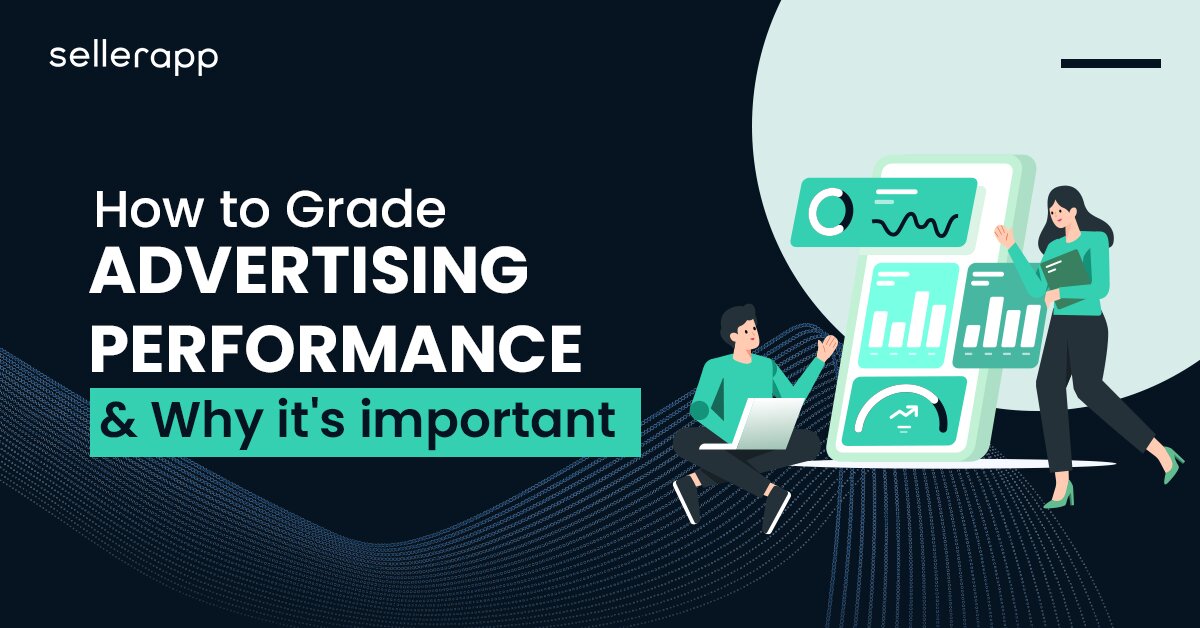
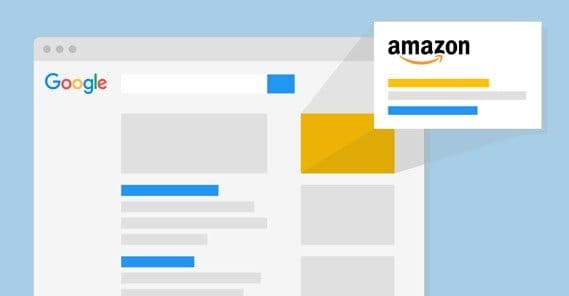
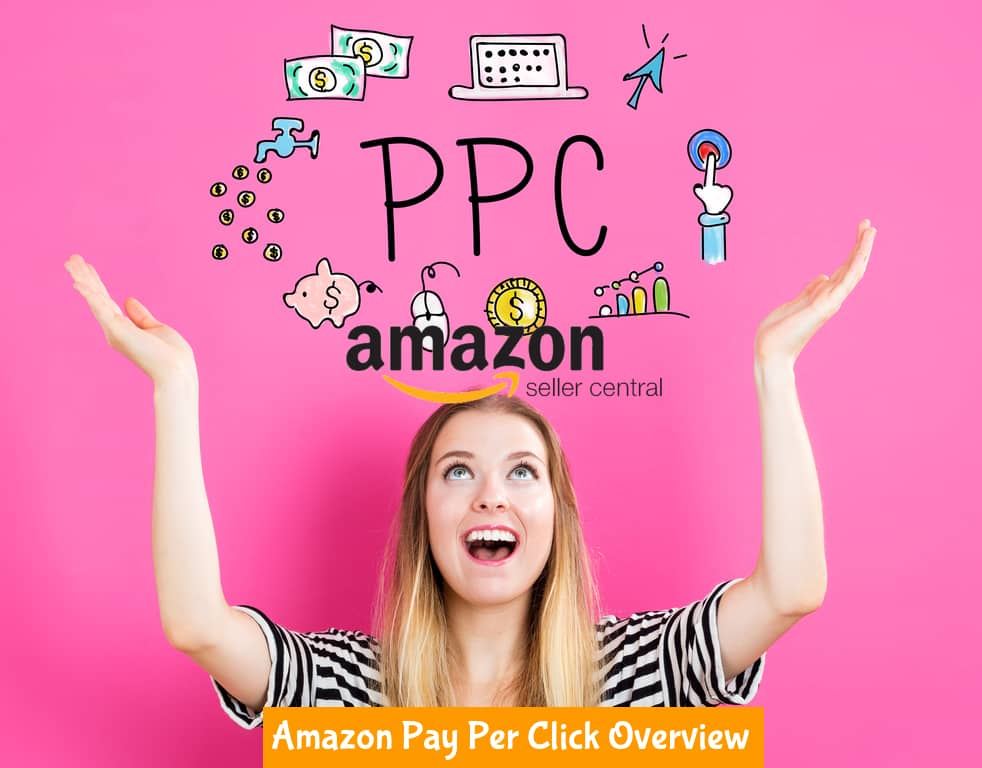
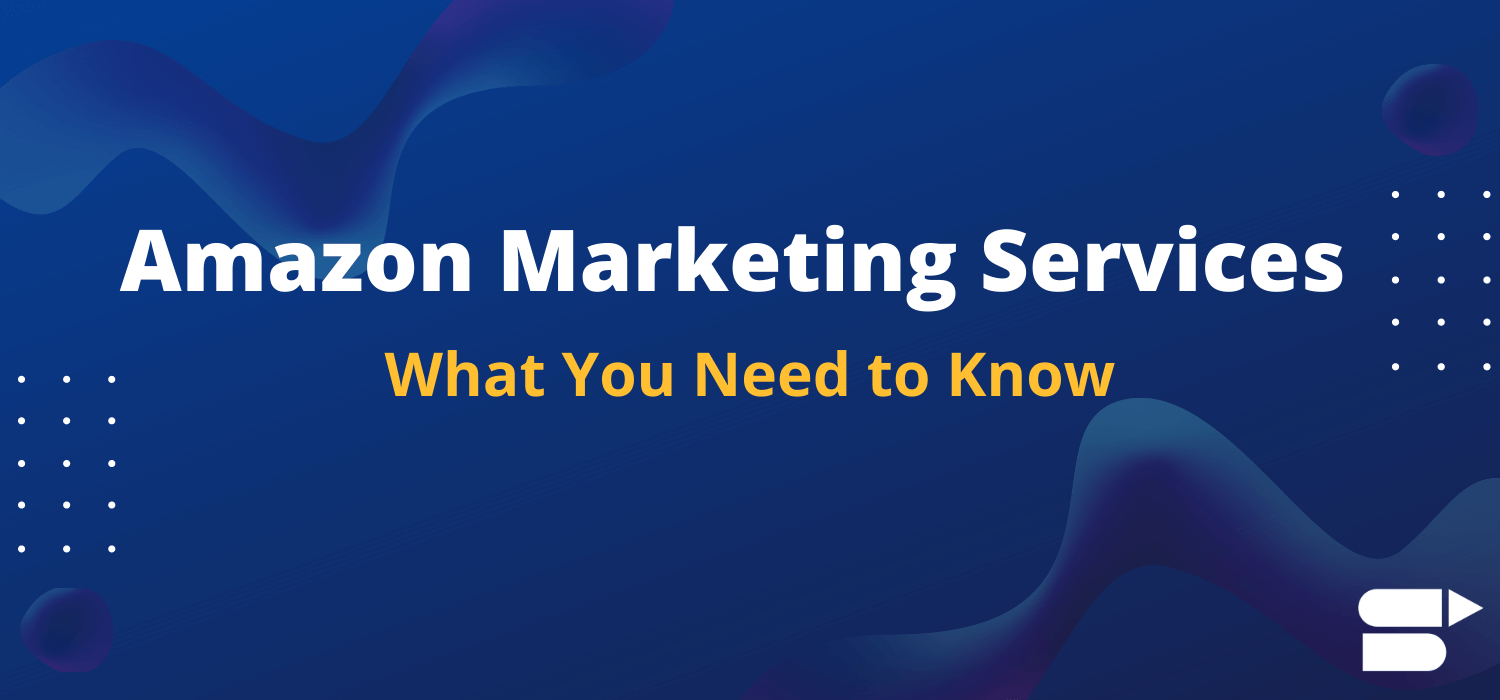

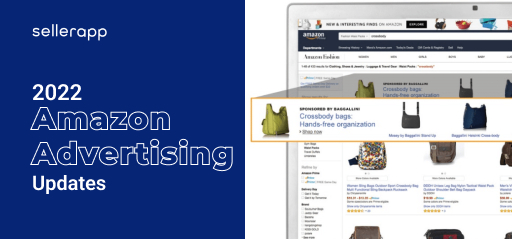
Nineve
September 8, 2023Well-written and informative blog.
Clare Thomas
March 13, 2024Thank you.
Nautica
September 13, 2023Thank you for the information. It helped a lot.
Clare Thomas
March 13, 2024Very happy to hear that.